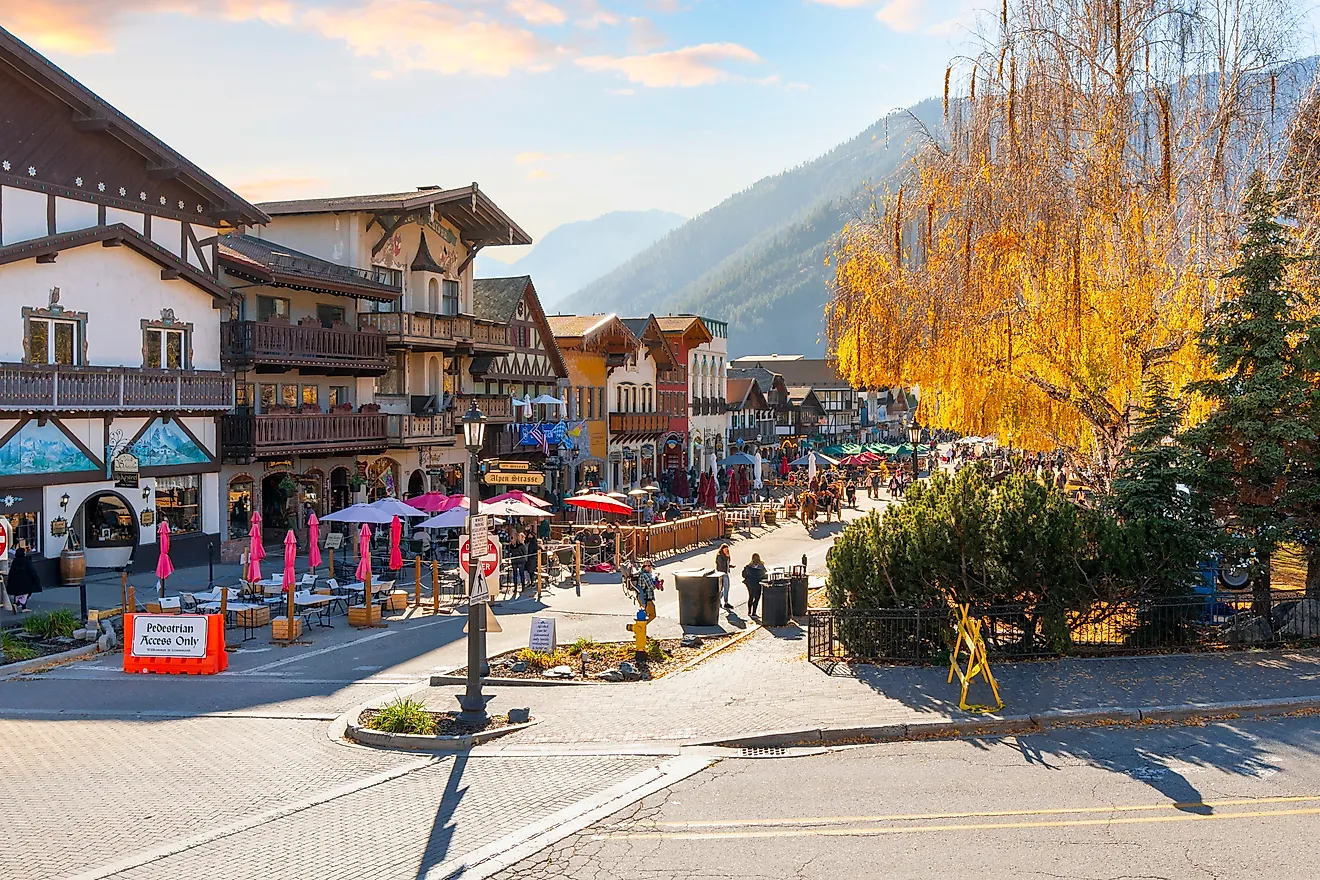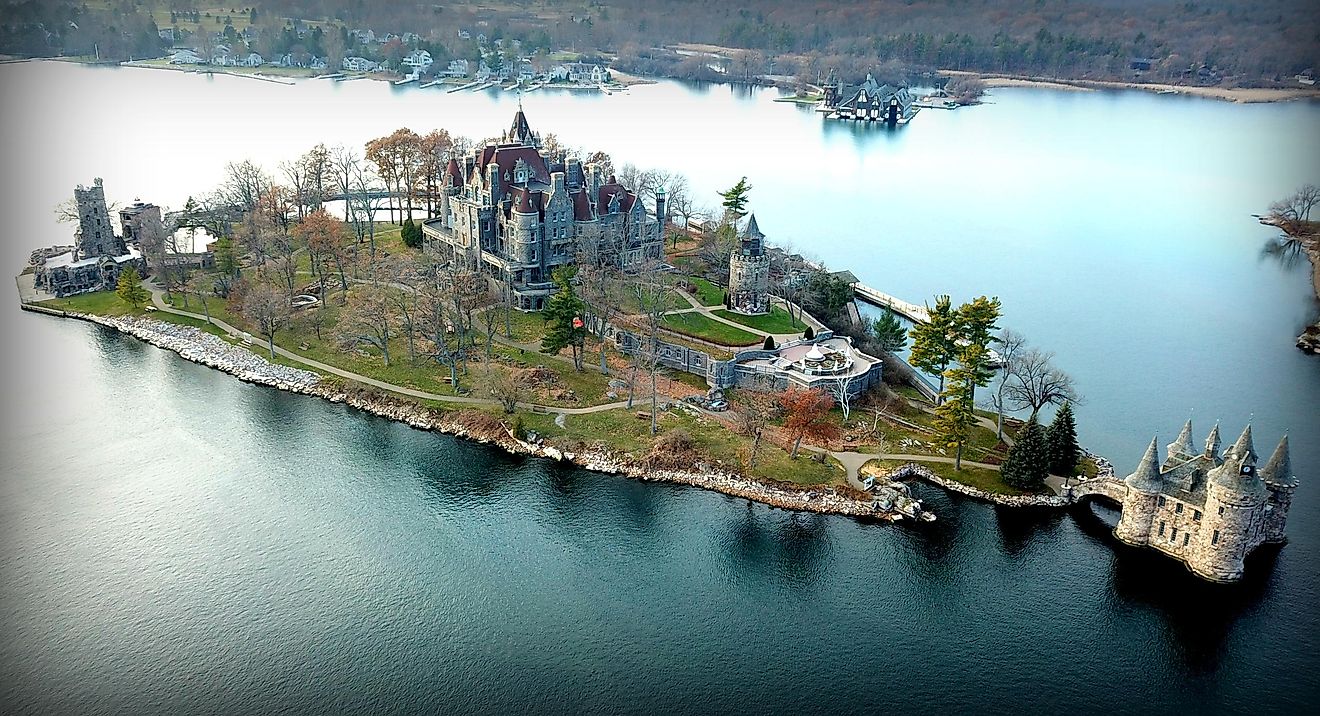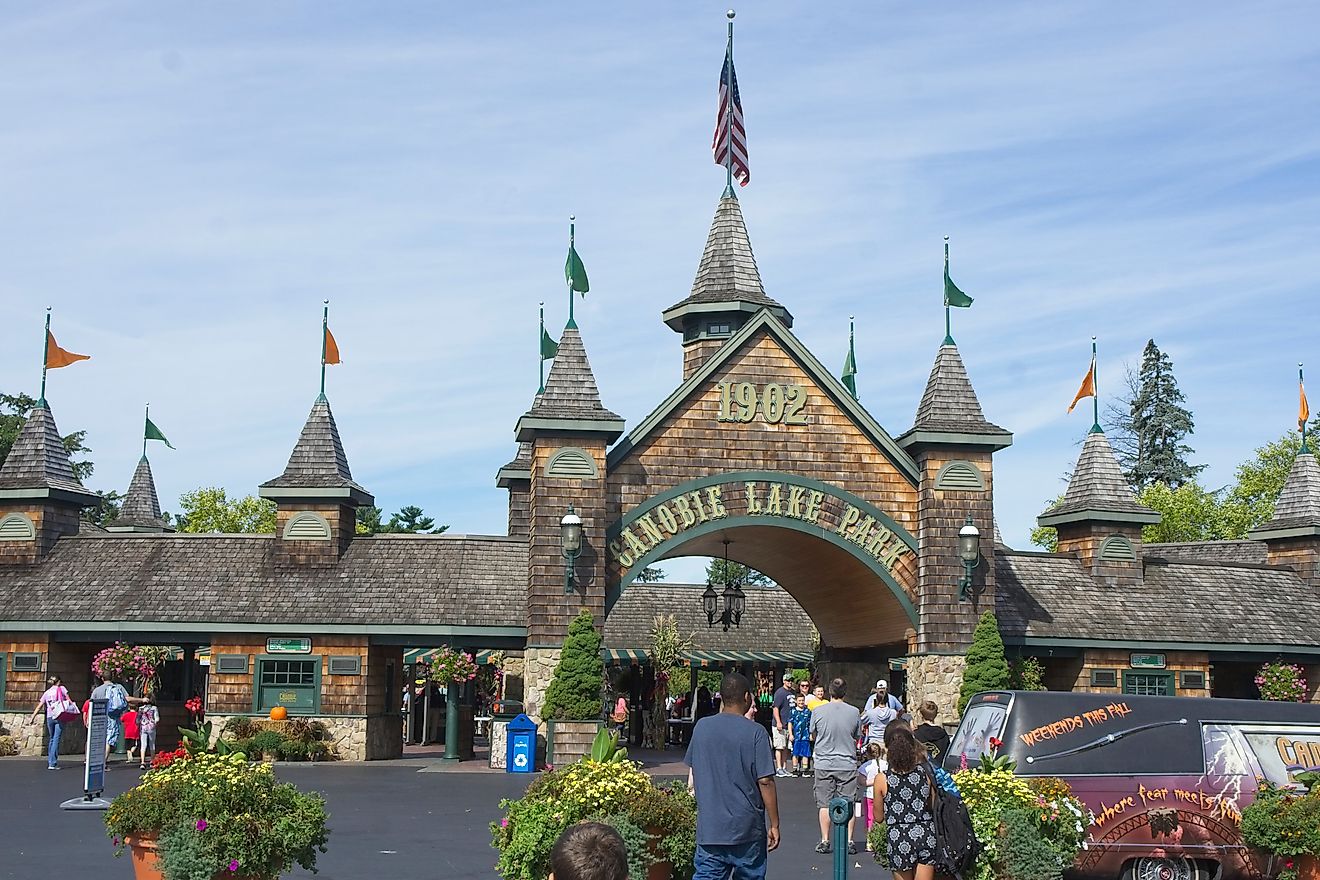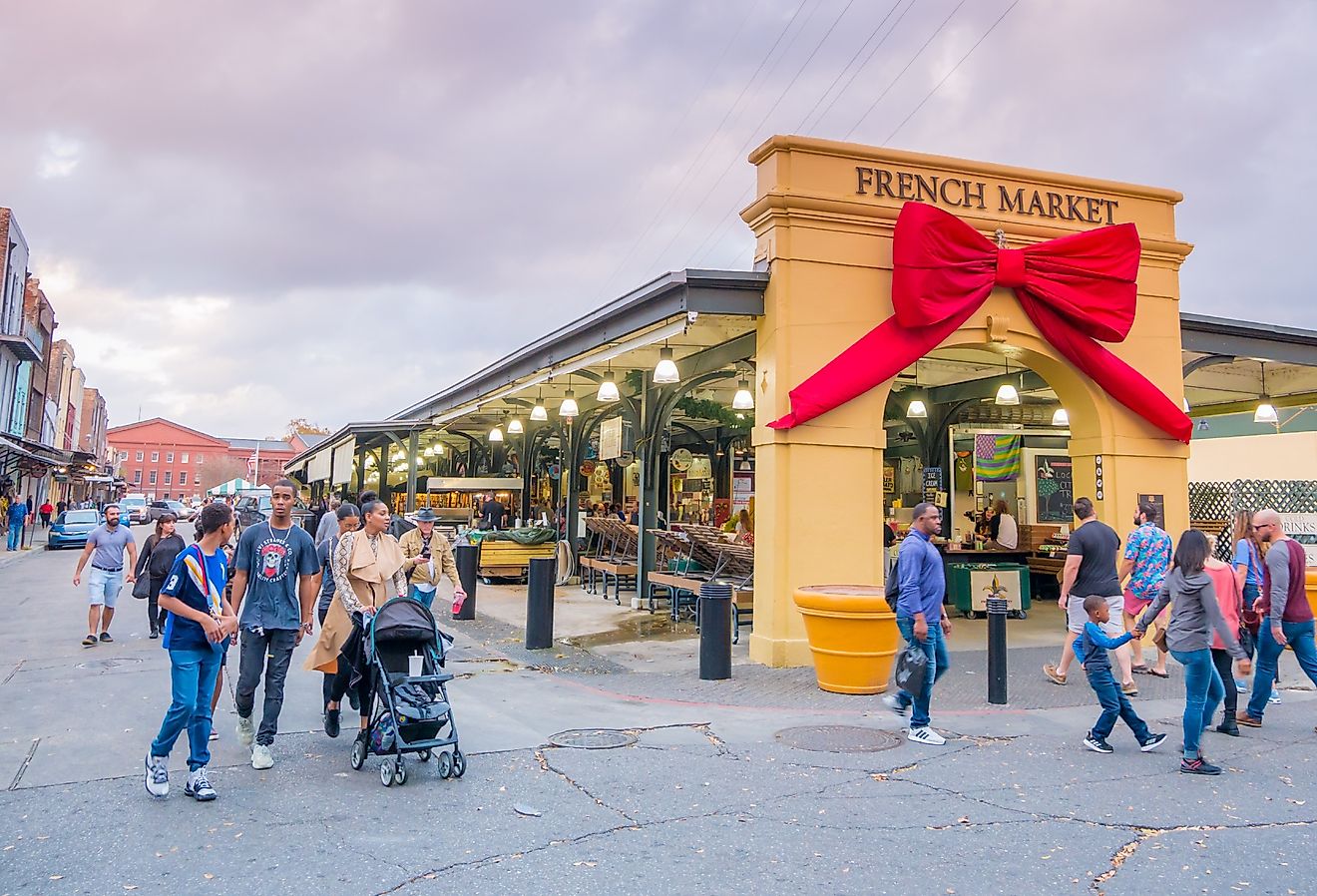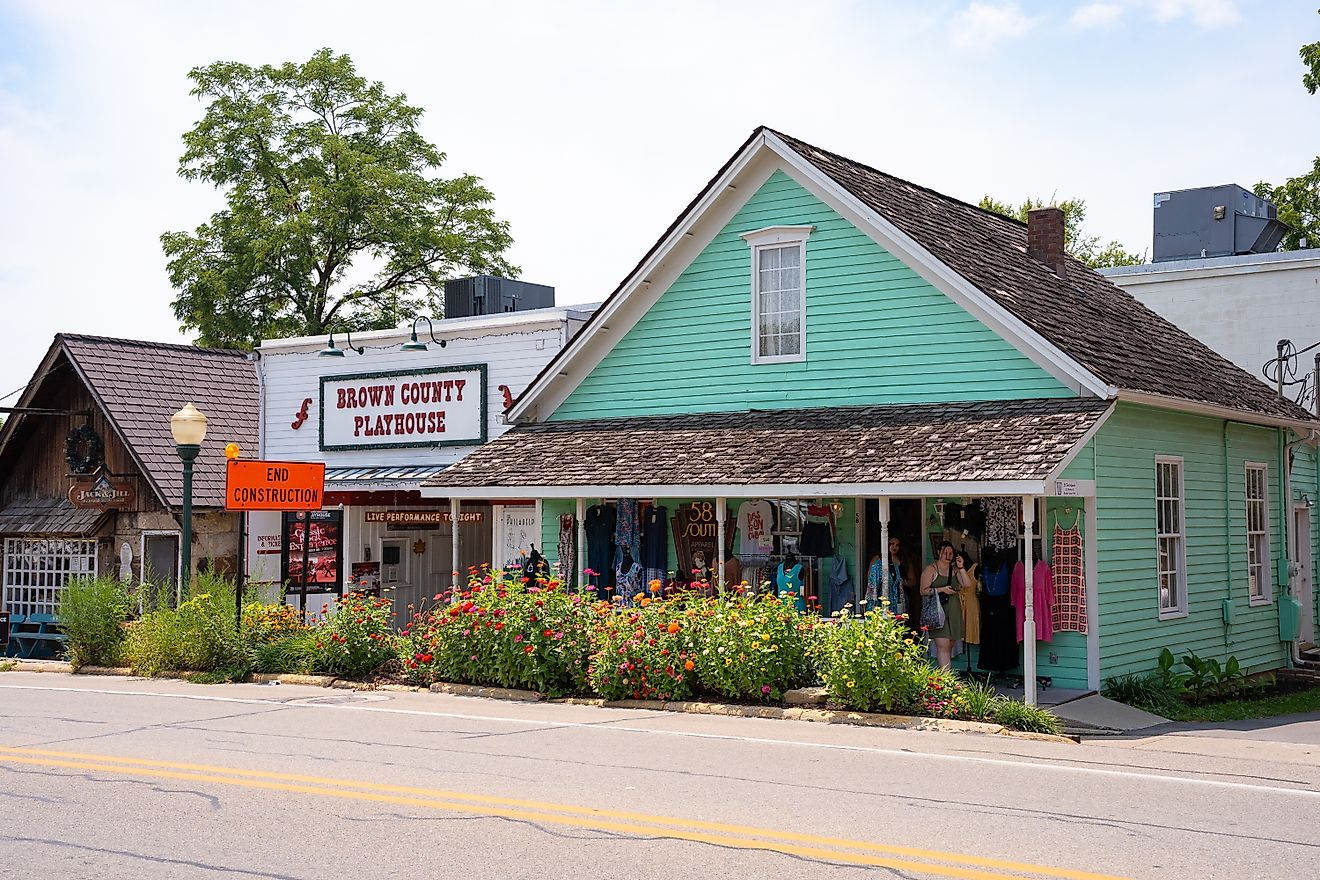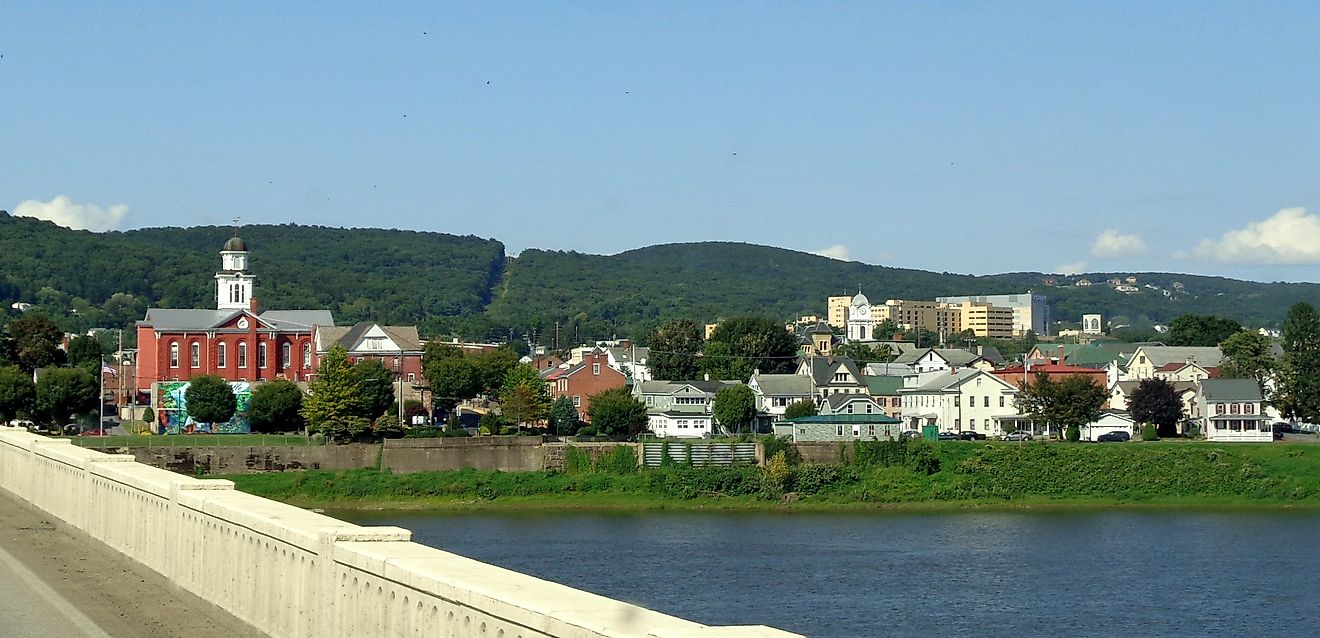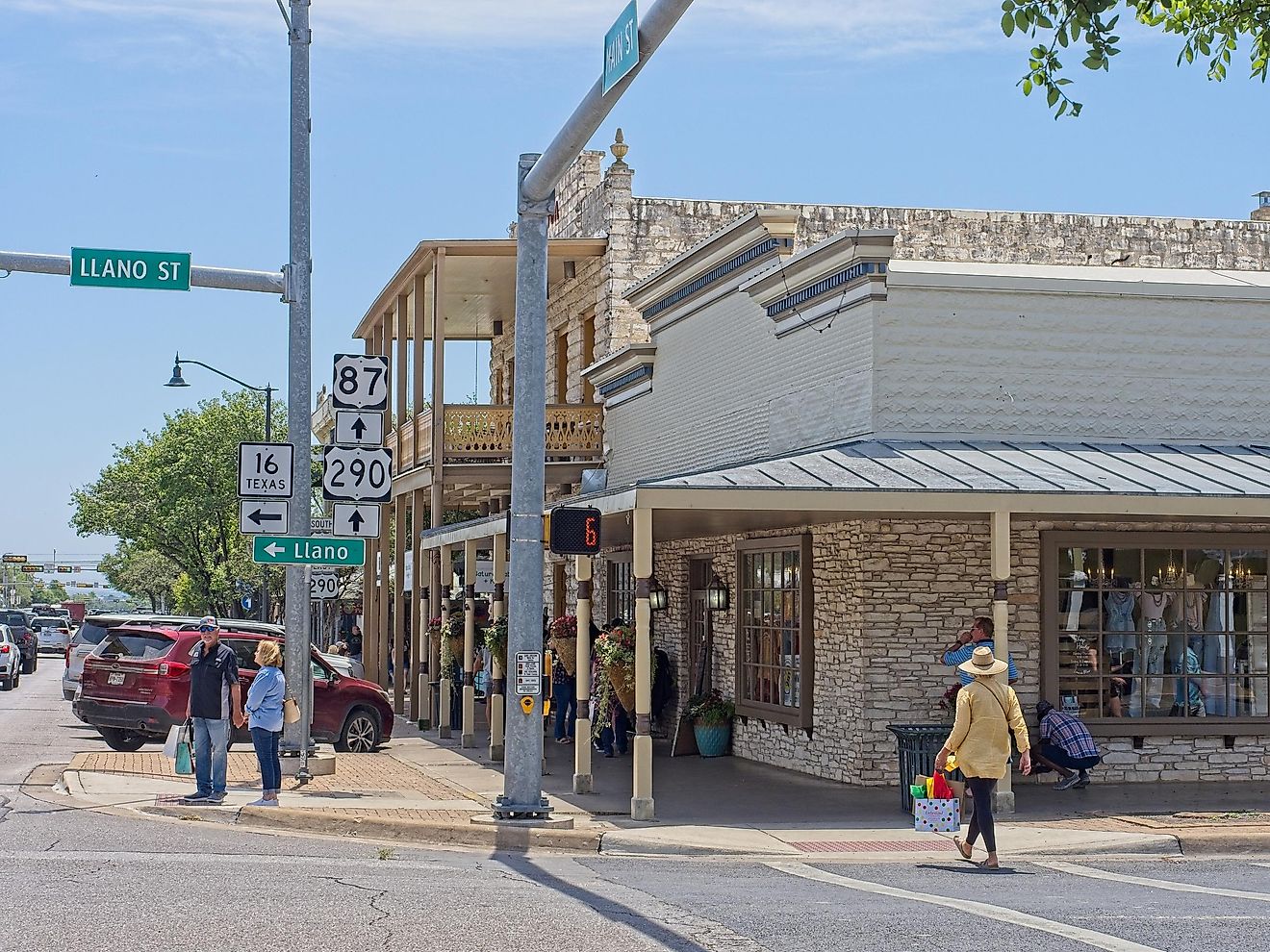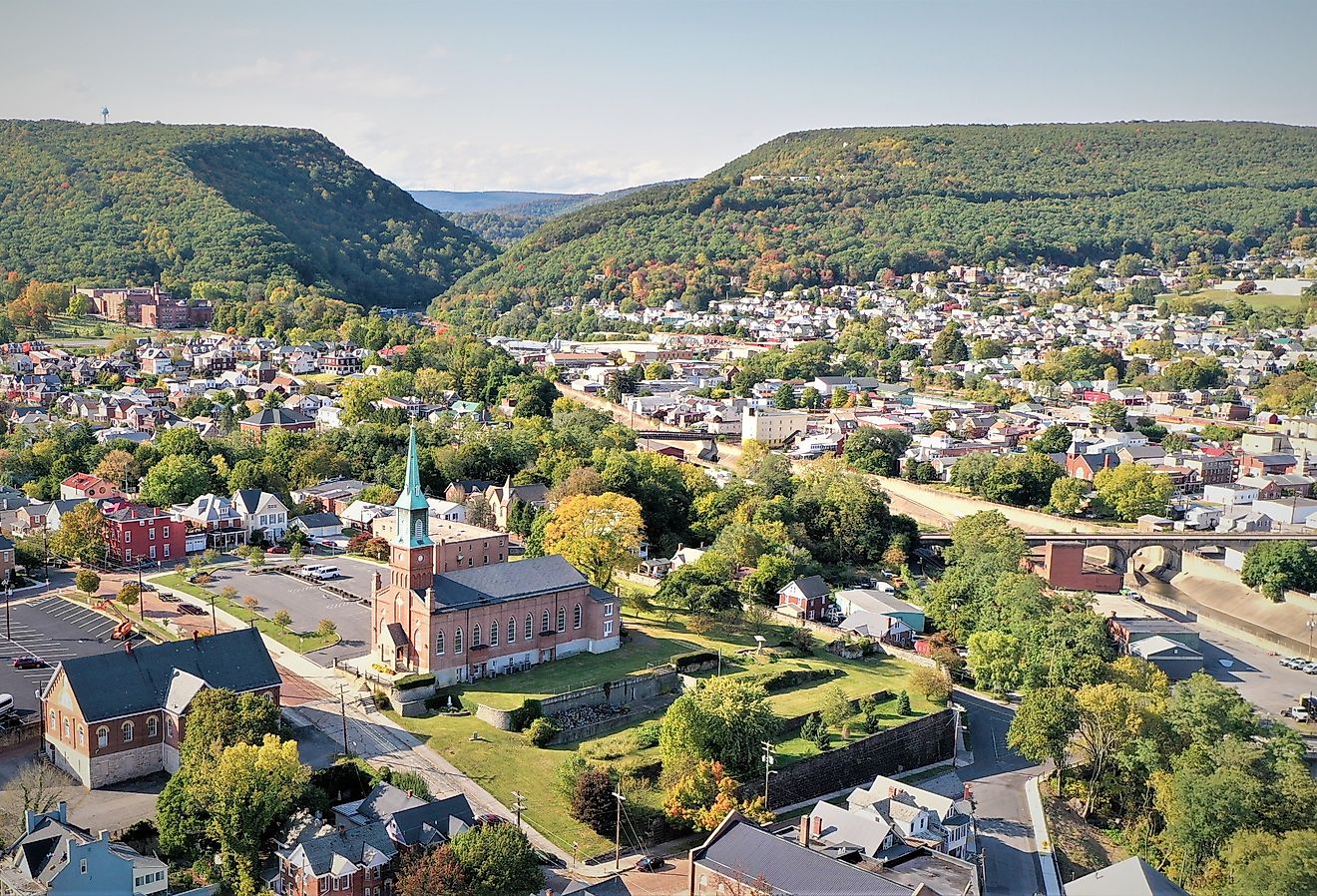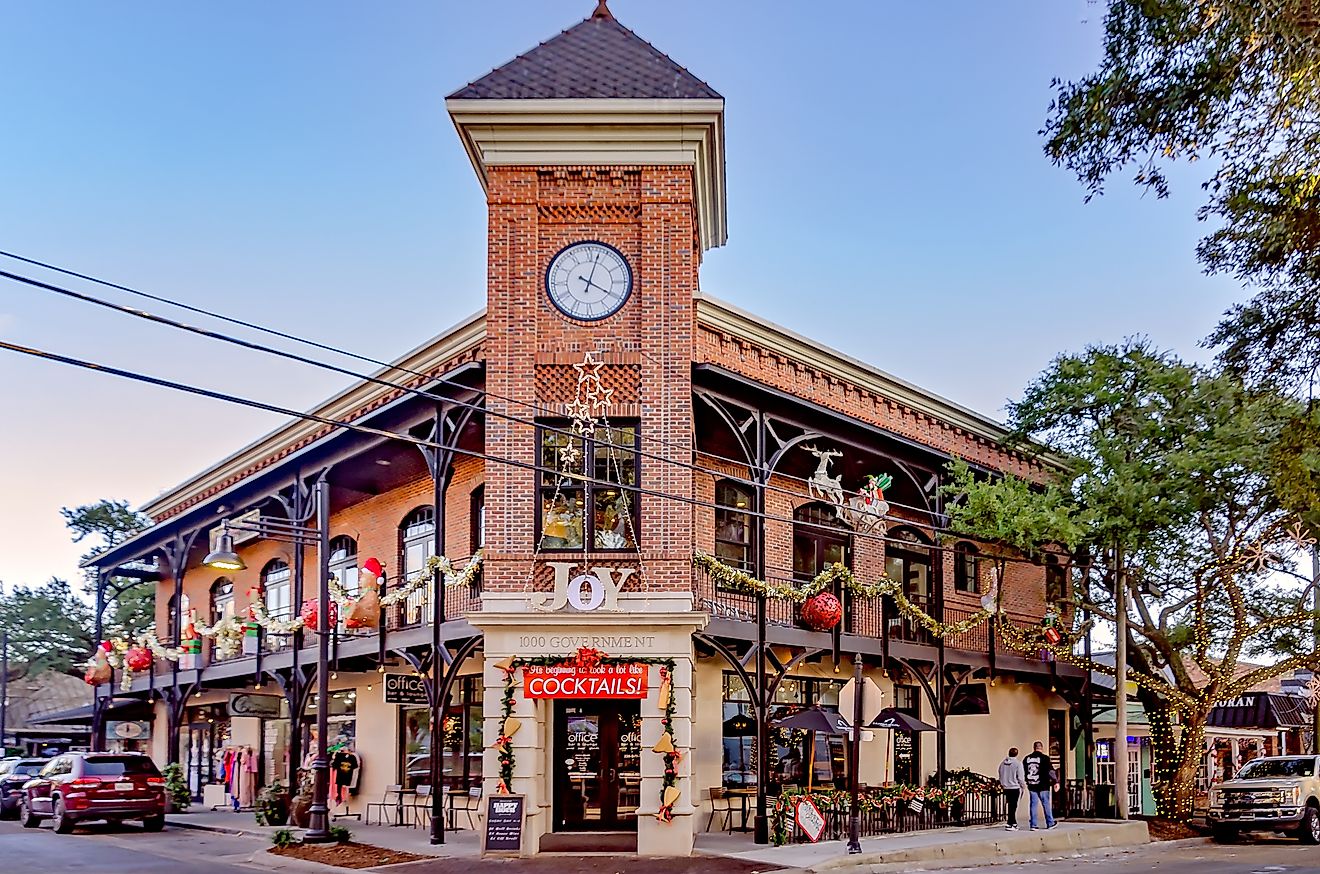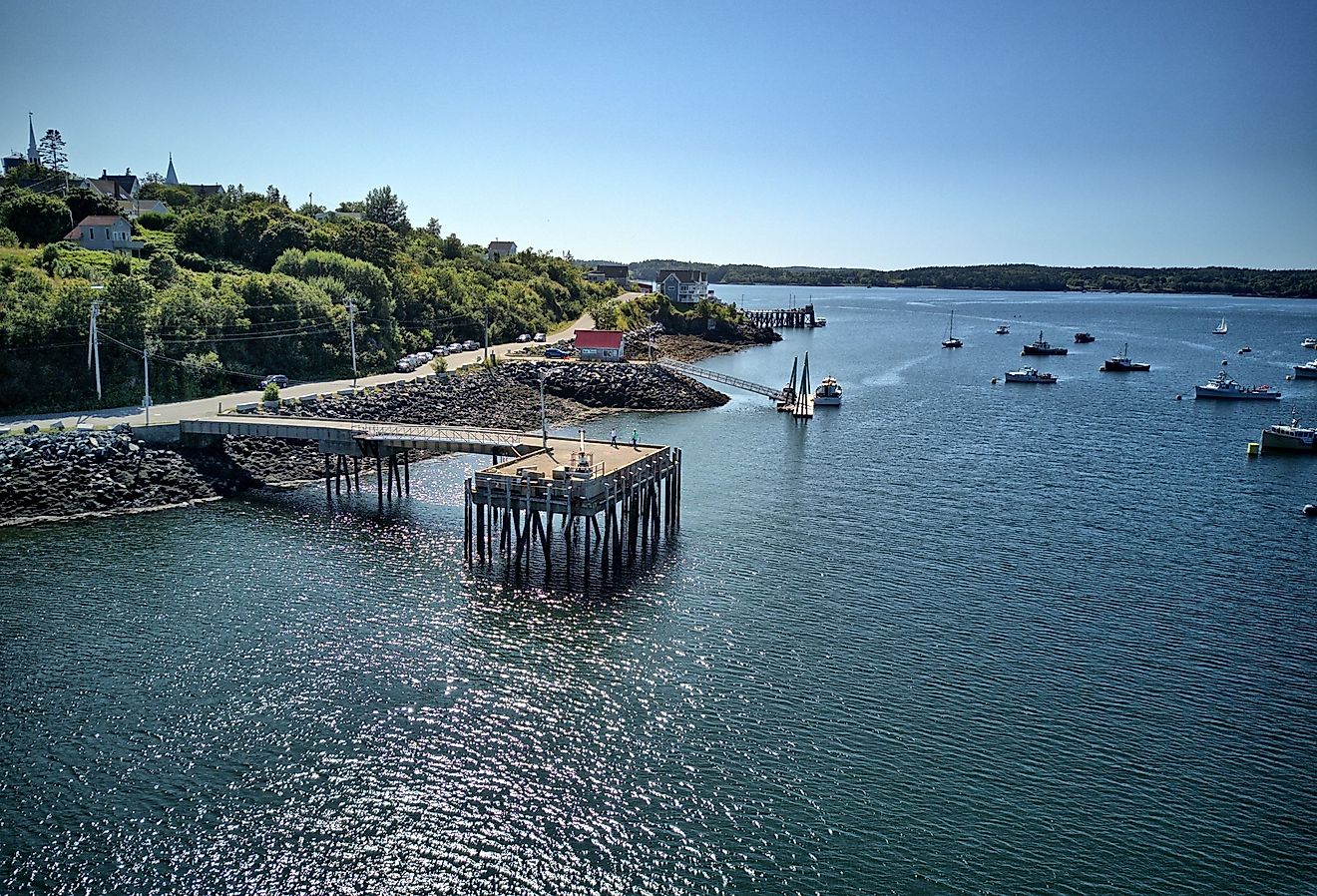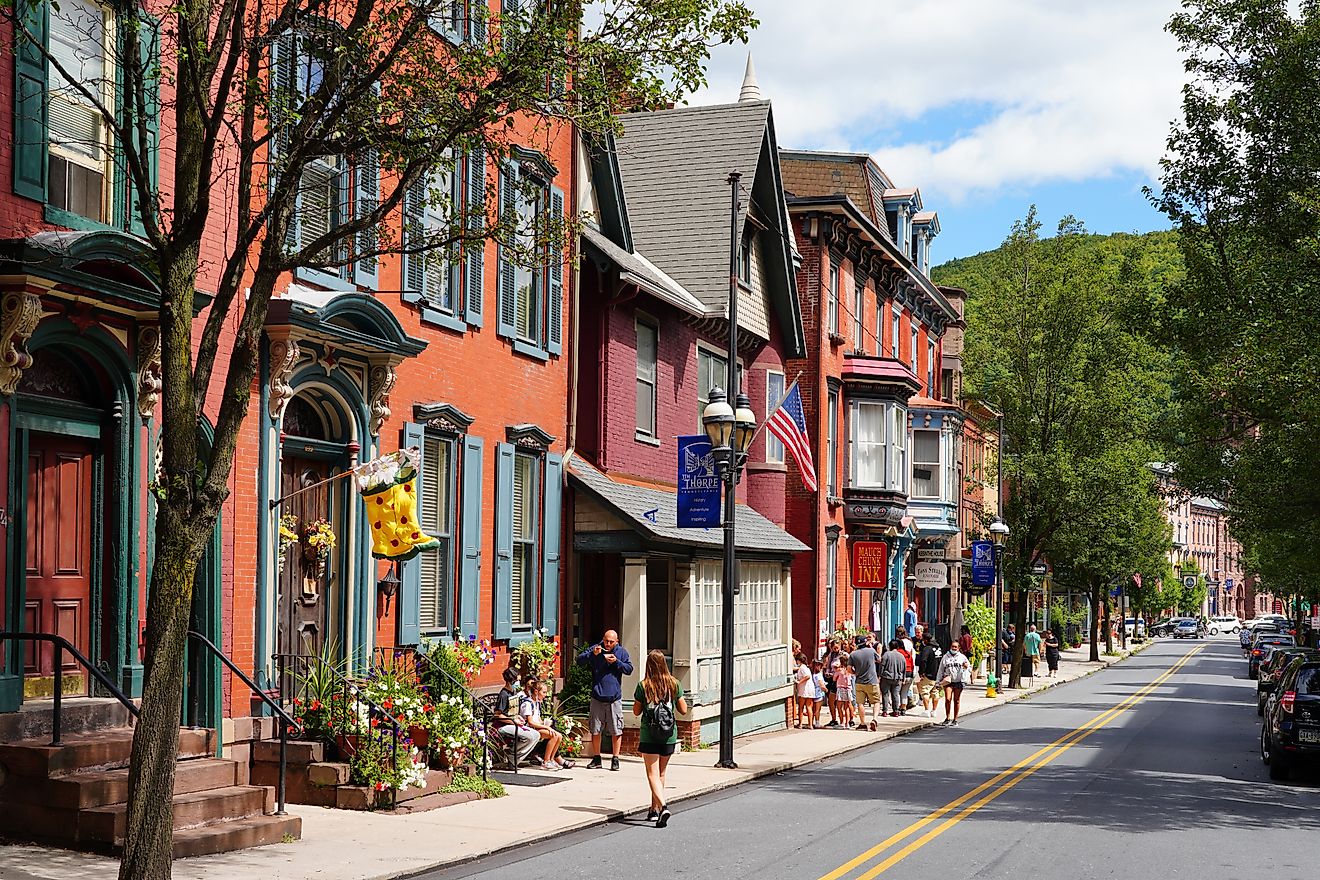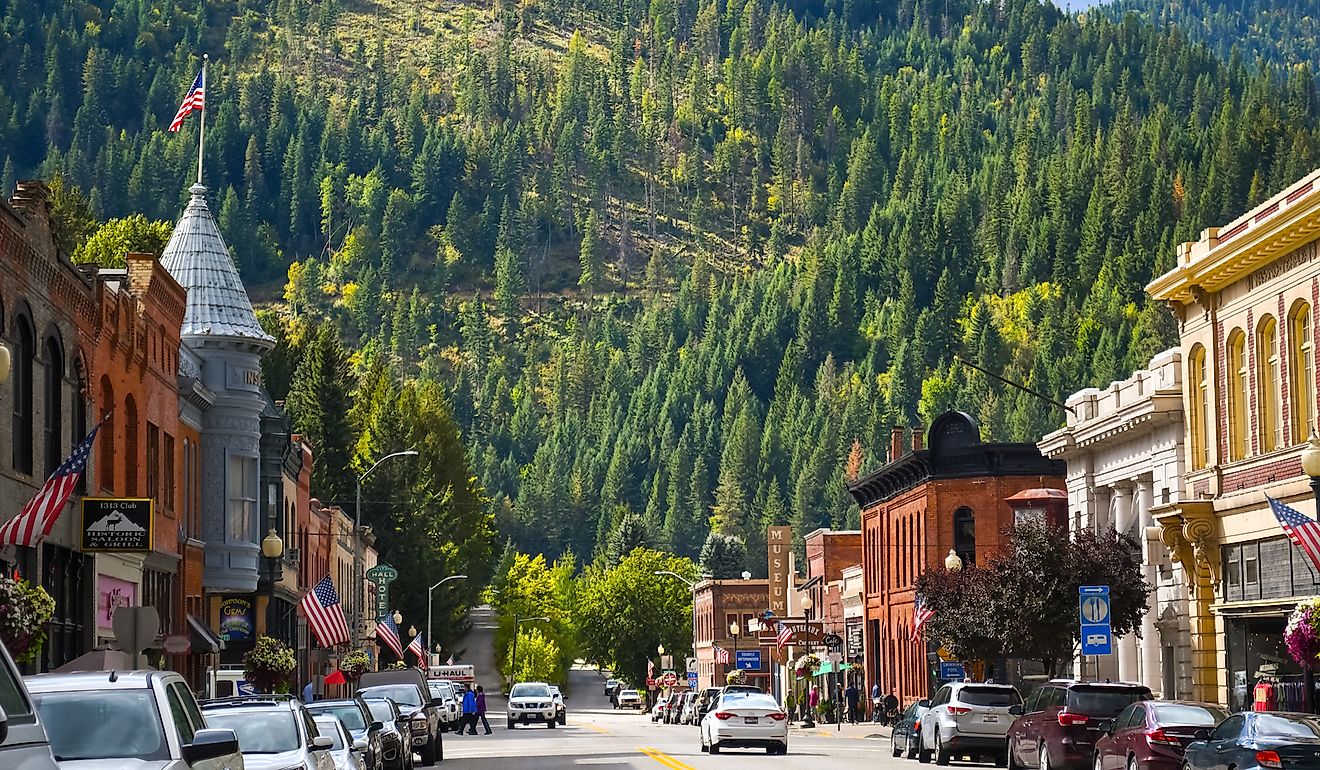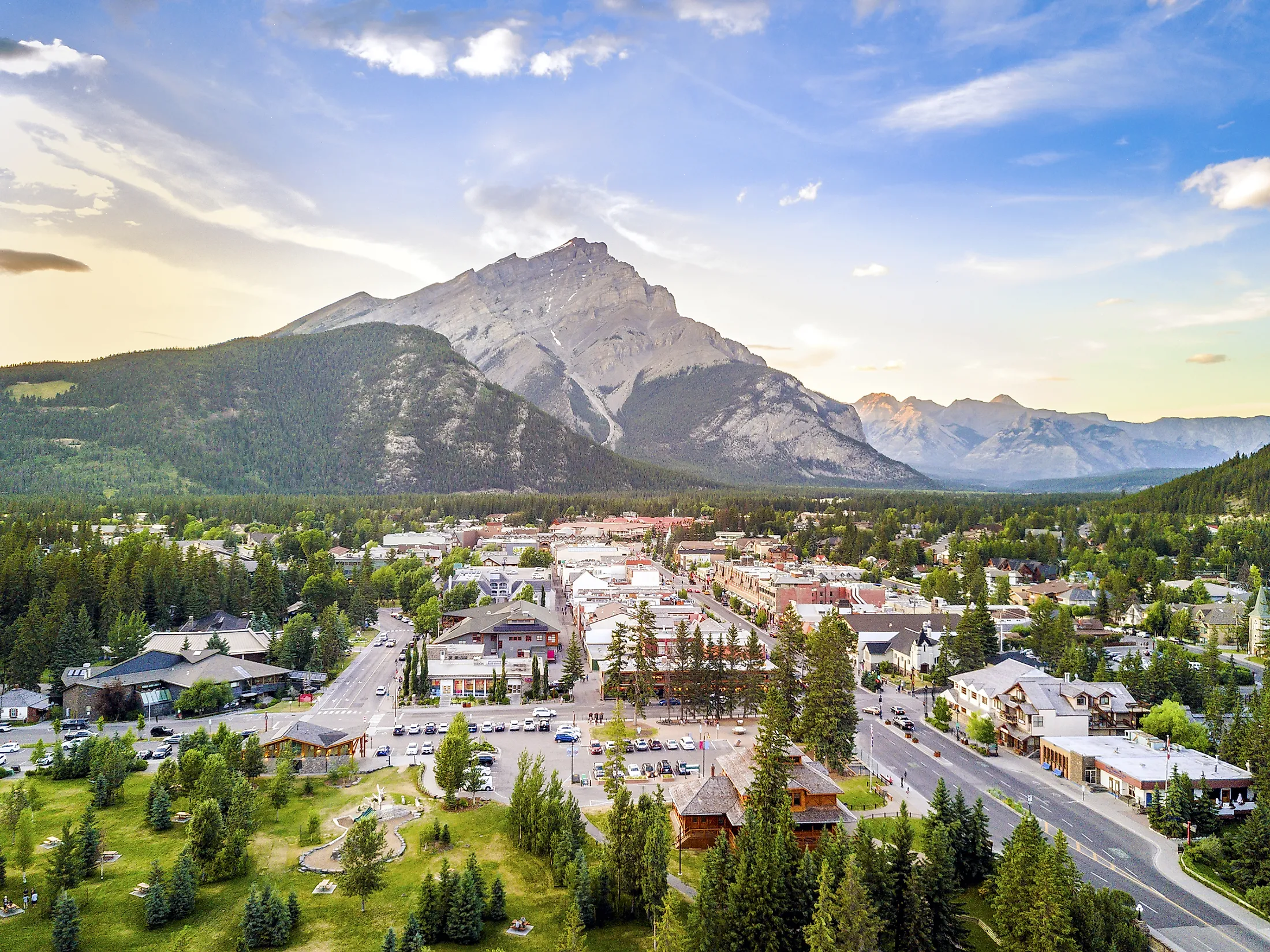
Banff, Canada
The Town of Banff is the focal point of Banff National Park in Alberta, Canada. It is situated on the Bow River, in the heart of the Canadian Rocky Mountains, or "Rockies," about 80-miles West of Calgary. At only 2.5 square miles, this tiny municipality packs in a tremendous amount of energy, largely attributed to the enormous influx of year-round tourism. Over 3-million people visit Banff National Park each year - many of whom find their way into the Town of Banff to rest their heads, grab a meal, shop, indulge in the nightlife, or further experience aspects of the surrounding wilderness.
History Of Banff
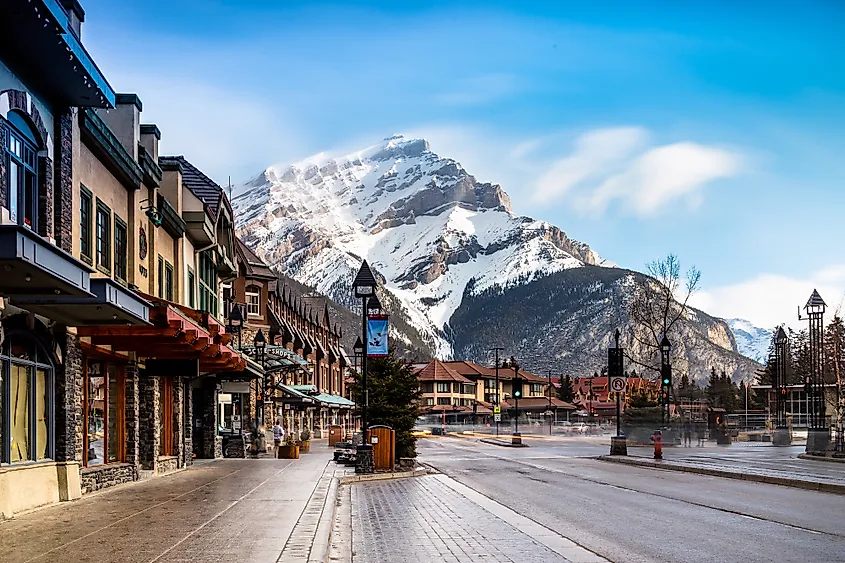
The Town of Banff resides on the traditional territory of the Blackfoot Confederacy, Tsuut'ina First Nations, and Stoney Nakoda Nations of Chiniki, Wesley, and Bearspaw. Indigenous people made their home in this region for more than 10,000 years. They used the Bow River, called Makhabn in Blackfoot (meaning river where the bow reeds grow), for travel and hunting.
The inception of Banff National Park came during the building of the Canadian Pacific Railway in the 1880s. Workers noted the appeal of the natural hot springs, which the railway made accessible. In 1885, Banff National Park was founded, making it Canada's first national park (and the world's third). The name Banff comes from Banffshire, Scotland, which is where the president of CPR was born. Almost immediately, the hot springs and the adjacent Banff Springs Hotel were a major hit.
The modest Banff strip was used as a service center for park visitors for over a century. In 1990, it was formally incorporated as a municipality, one of only two places in Canada that have this designation within a national park - the other being Jasper, which is also in Alberta, Canada. The Town of Banff still functions largely to support the vibrant tourism sector while also maintaining the townsite, which is part of the Canadian Rocky Mountain Parks UNESCO World Heritage Site. Despite its popularity and demand for residency, the Town of Banff is prohibited from expanding its land base.
Population And Economy Of Banff
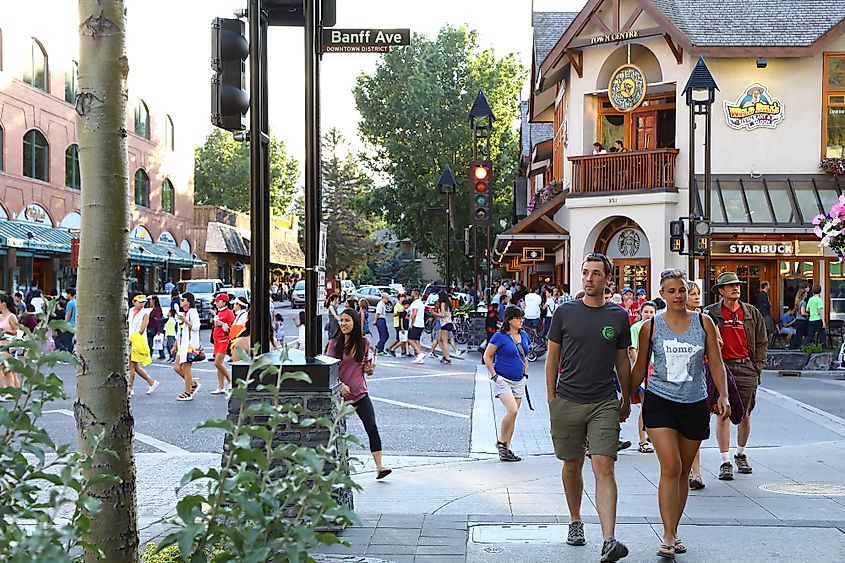
Banff has a population of about 8,000 people. According to recent surveys, roughly 61% of those residents work directly in tourism. When indirect business (i.e., construction, real estate, etc.) is factored in, upwards of 90% of Banff's economy ends up relating to tourism.
Parks Canada has strict criteria for prospective residents. Most often, one has to either own a business or work within the park. Even then, to buy property, which comes at a hefty price tag, a lottery system is often deployed to fairly service the demand.
The Town of Banff has about 3,700 hotel rooms and 1,150 campsites. Between permanent residents, semi-permanent residents, many of whom can be designated as "ski-bums" (i.e., those working in hospitality to maximize their time on the slopes), and the regular influx of global visitors, peak days in Banff can see the overnight population swell to over 50,000 people.
Top Activities In (Or From) The Town of Banff
1. Explore the park. Banff National Park is 2,564 square miles, 90% of which is pure Canadian wilderness. A drive on the Trans Canada Highway (Highway 1), or The Bow Valley Parkway (Highway 1A), will give an excellent overview of the mountainous landscape and, often, the inhabiting wildlife. The trailheads of many immersive hikes can be reached right off these roads.
2. Ski Mt. Norquay, The Lake Louise Ski Resort, and/or Banff Sunshine Village (a Tri-Area lift ticket can be purchased for the full experience).
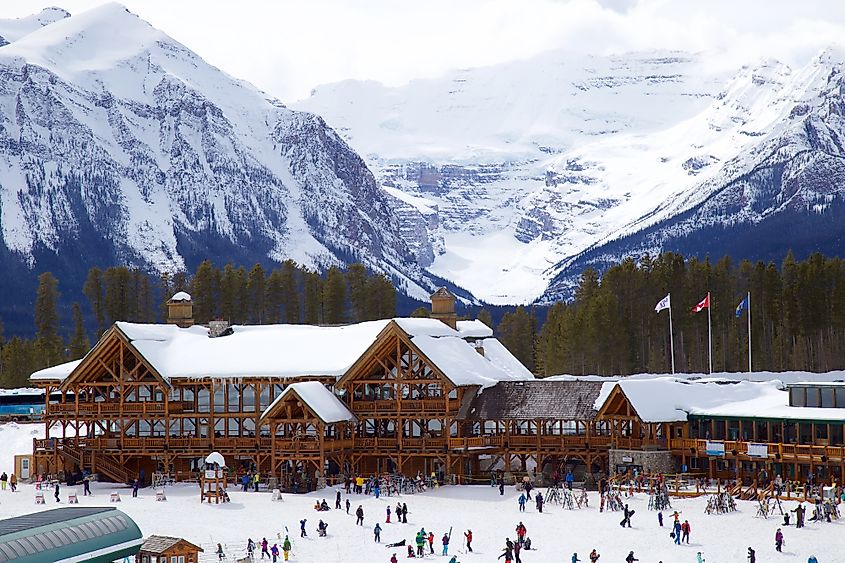
3. Ride the Banff Gondola to the top of Sulphur Mountain. The ride is splendid, the views are spectacular, and the restaurant/boardwalk will keep you engaged in the alpine. For those looking for a challenge (or to save on the lift ticket), there is also a 6.8 mile (round trip) switchback trail that underlies the gondola. The elevation gain is 2,480 feet, which is steady but manageable.
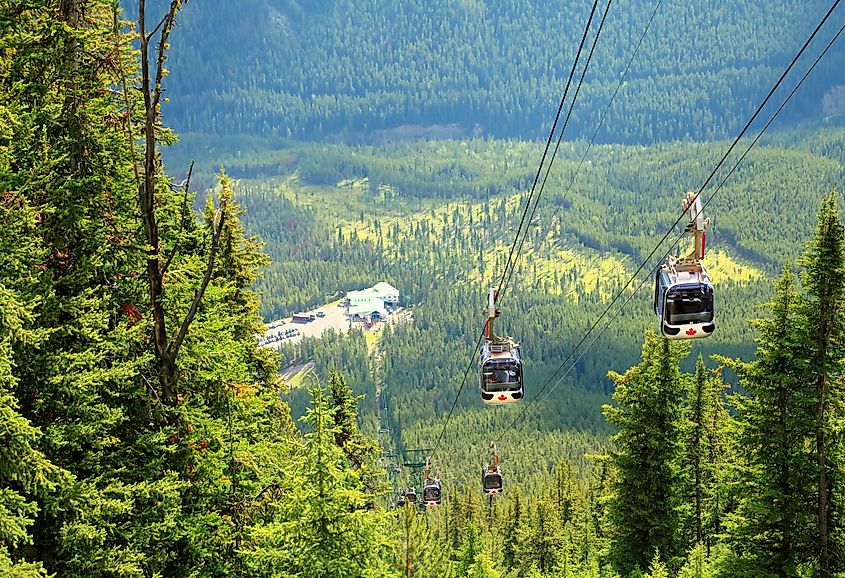
4. Soak in the Banff Upper Hot Springs. Sure, the glorified swimming pool is a far cry from its original form, but the mineral-rich hot springs were the catalyst for Banff's very existence. Though crowded, and sometimes not particularly hot, a good soak still hits the spot after the cool mountain air atop Sulphur Mountain. Combining options 3 and 4, and adding on a peruse of the exterior of Banff Springs Hotel will enhance the overall experience.
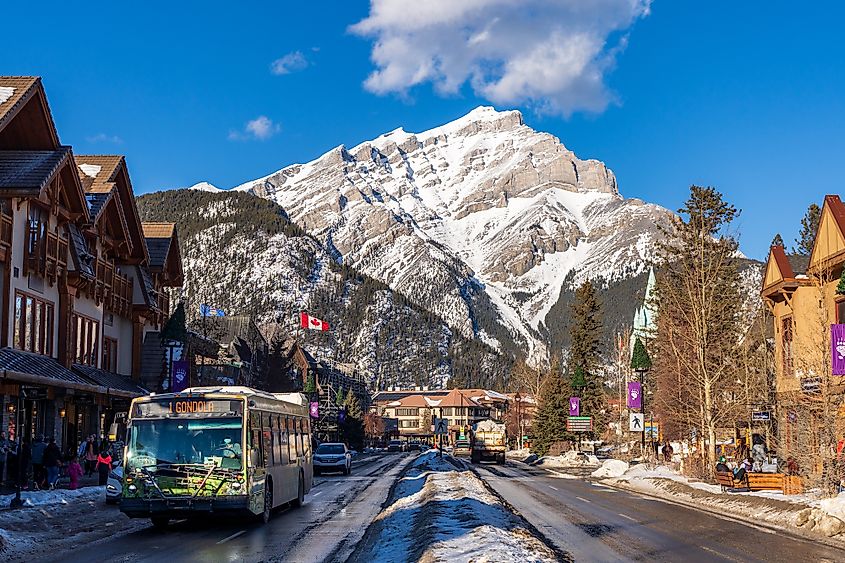
5. Stroll down Banff Avenue. Whether you just finished hiking, skiing, camping, or are passing through as part of a road trip, walking down Banff Avenue is just plain fun. It is busy but in a good way. This single stretch of road is a snapshot of an enthusiastic global community. Shops, restaurants, cafes, and gear hubs, can be found lining both sides of the populated street, which itself is framed by mountains in all directions. The outdoor purists loathe it, but they have the rest of the park to enjoy.
